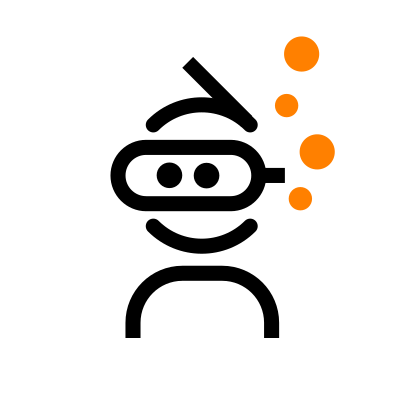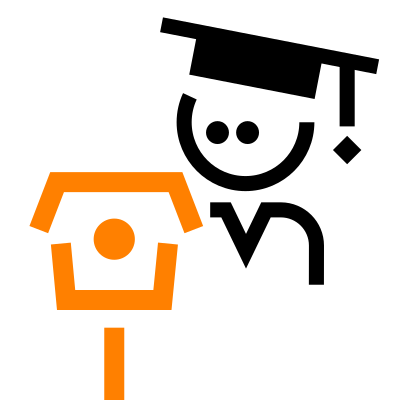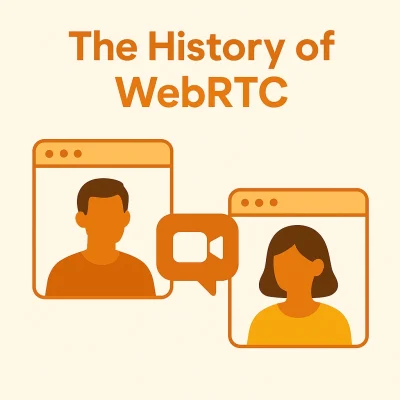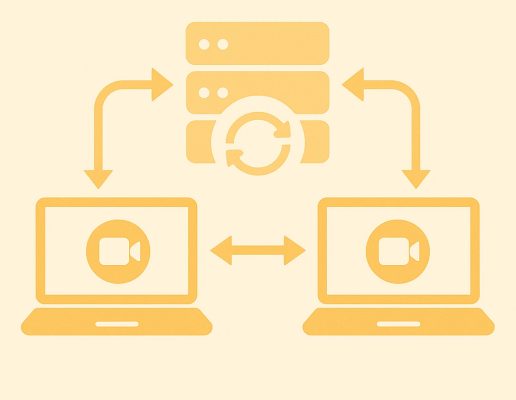Before you can build an IoT application, you need a solid foundation. An IoT framework acts as the scaffolding, ensuring that your system works smoothly and can connect with other devices. A well-structured framework makes it easier for devices to communicate, scale, and stay secure.
From picking the right hardware to choosing communication protocols, from setting up edge computing to securing your network, each piece plays a role in creating a reliable and future-ready IoT system. In this guide, we’ll walk you through the key steps to building a strong, scalable IoT framework that’s built for performance, security, and real-world use.
CTA IoT Expert Consult
What are the components of an IoT framework?
The IoT framework consists of a variety of hardware, software, and communication protocols. These components work together to create a functional and scalable IoT ecosystem.
The four main components of an IoT framework are:
- Devices/sensors – These are the physical objects or endpoints that collect data from the environment, such as temperature sensors, cameras, GPS trackers, or embedded sensors in industrial equipment. They are responsible for gathering real-world information
- Connectivity/network – IoT devices need a way to transmit data, which happens through network protocols like Wi-Fi, Bluetooth, 5G, LPWAN, or satellite connections. These protocols ensure reliable communication between devices and central systems.
- Data processing/edge and cloud computing – After IoT devices collect and transmit data, the system needs to process it efficiently. In cloud-based IoT frameworks, cloud computing handles large-scale storage, analysis, and advanced processing. However, in peer-to-peer (P2P) architectures like those using Web Real-Time Communication (WebRTC) through the Nabto platform, the cloud acts only as a coordinator to establish direct device-to-device connections. Data flows directly between endpoints, enabling low-latency communication and reducing reliance on centralized infrastructure. Edge computing supports this model by processing data directly on the devices themselves, enabling faster response times and reducing the load on cloud services.
- User interface and applications – This is the front-end system that allows users to monitor, control, and interact with IoT devices. It can be a mobile app, web dashboard, or automated system that provides insights and triggers actions based on collected data.
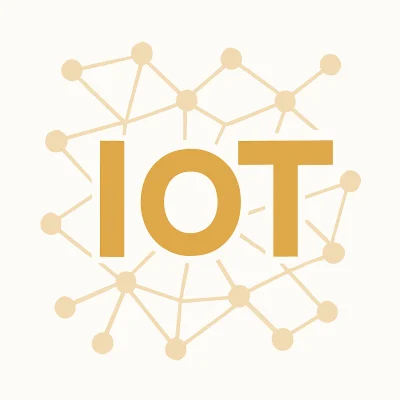
How to build IoT frameworks
Building a robust IoT framework requires integrating smart devices, connectivity, and security to create a seamless system. Whether you’re developing a smart home system or an industrial monitoring system, here’s a step-by-step guide to designing a scalable and secure IoT ecosystem.
1. Define your use case
Start by identifying the problem you want to solve. Are you tracking assets in a warehouse? Monitoring home security? Optimizing energy consumption? Clearly defining your IoT use case will guide your hardware, software, and network choices and tell you whether P2P or cloud-based frameworks are the best option.
2. Choose the right hardware
The hardware consists of the IoT devices that collect real-world data. This includes sensors, edge devices, and power supply. Sensors capture key metrics such as temperature, energy usage, and motion. Edge devices – including microcontrollers like Arduino and ESP32 or single-board computers like Raspberry Pi – process data locally before transmitting it to the cloud or to other devices through P2P connections.
Power supply is another critical decision, as it directly influences your deployment options and maintenance. Battery-powered devices are great for flexibility and remote environments but may limit processing capabilities and require power-saving communication protocols. Wired power offers continuous operation and higher performance, especially in static or industrial settings.
Many real-world applications use split systems, where the sensor device is battery-operated for flexibility, and a nearby gateway (such as a wired hub or router) handles communication and power-intensive tasks. This setup balances energy efficiency, range, and performance.
3. Select the best communication protocol
Efficient connectivity is crucial for IoT devices to transmit data reliably while optimizing power consumption and range. The choice of network depends on the application’s needs, balancing factors like coverage, bandwidth, and energy efficiency.
Short-range connectivity options such as Wi-Fi, Bluetooth, and Zigbee are ideal for smart home devices, wearables, and consumer IoT applications that operate within a limited physical area. These protocols offer high data transfer rates but typically require more power and have shorter communication distances.
For broader coverage, long-range networks like LoRaWAN, NB-IoT, LTE-M, and 5G can support industrial IoT, smart cities, and remote monitoring systems. LoRaWAN is well-suited for low-power, long-range applications such as environmental sensors, while NB-IoT and LTE-M provide cellular-based coverage for asset tracking and large-scale deployments. 5G enables ultra-fast, low-latency communication, making it suitable for real-time applications.
4. Implement edge computing
Edge computing reduces latency by processing data close to the source instead of transmitting it to the cloud. Edge platforms like AWS Greengrass, Azure IoT Edge, and Google Edge TPU enhance real-time decision-making and responsiveness.
5. Develop a user-friendly application layer
A well-designed interface ensures that users can monitor, control, and interact with IoT devices effortlessly. Depending on the application, you can build mobile apps, web dashboards, or voice-enabled assistants to provide real-time insights and remote management.
6. Secure your IoT framework
Cybersecurity is critical in IoT. Protect your devices and data with end-to-end encryption (TLS/SSL), device authentication, and regular firmware updates to patch vulnerabilities.
Final thoughts
Building a strong IoT framework is essential for ensuring the success, scalability, and security of your application. A well-structured system integrates reliable hardware, efficient connectivity, edge computing, a user-friendly interface, and robust security measures to create a cohesive and future-proof IoT ecosystem.
As IoT technology continues to evolve, prioritizing interoperability, data privacy, and real-time processing will help your application stay competitive and adaptable to new advancements. By following these best practices, you can develop an IoT system that not only meets current needs but is also prepared for the future.
Read our other resources
We’ve published a range of resources for our community, including:
- Our guide to IoT latency and real-time communication
- Best practices for IoT data security
- Buying versus building your own IoT platform




